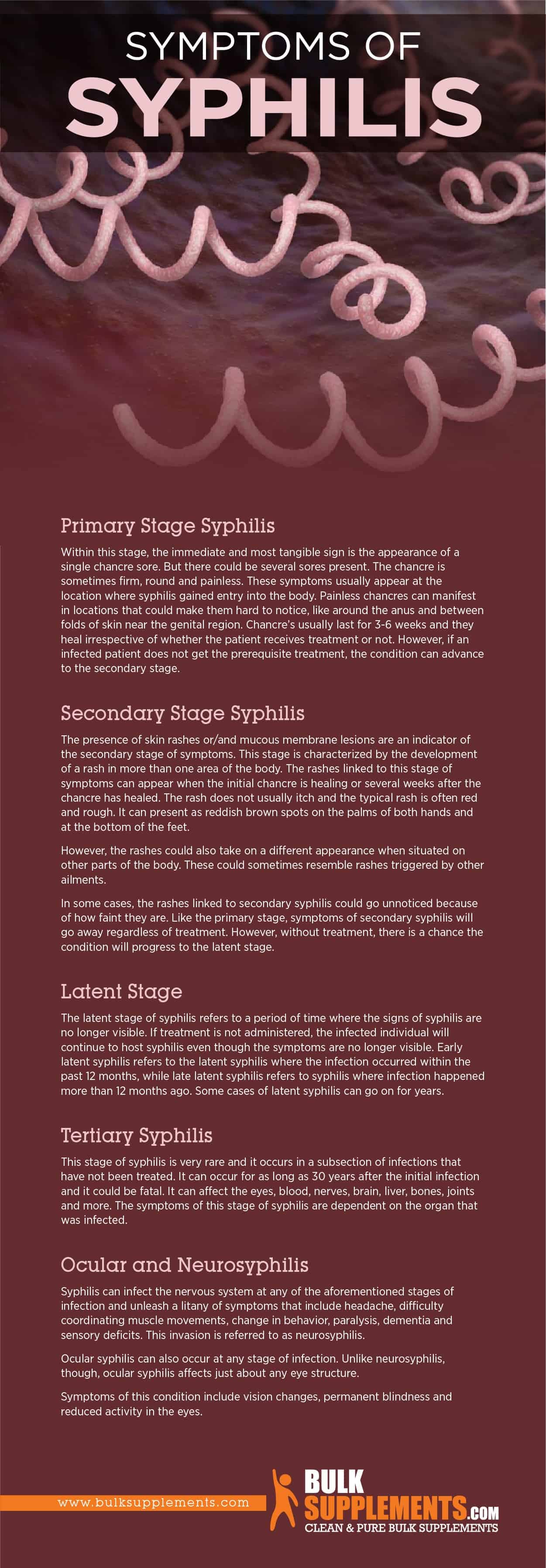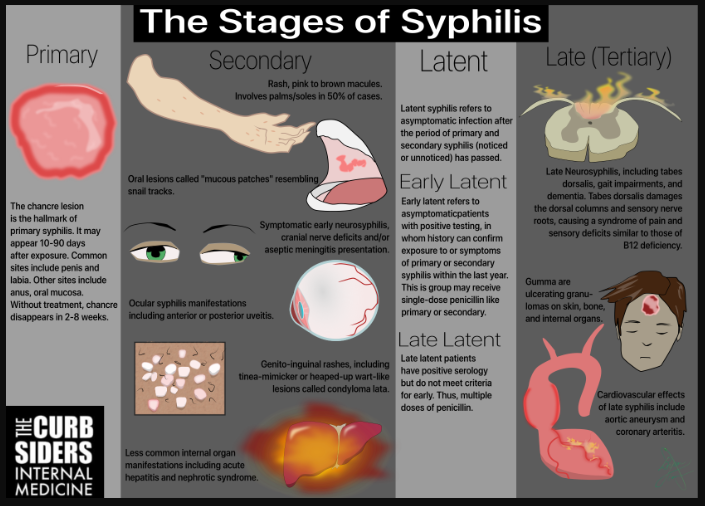

In some countries the transmission may be restricted to small areas, rather than affecting the entire country. Shading indicates the countries where cases of endemic treponematoses have been reported within the last 30 years. ĭata are number of cases reported in a year, unless otherwise indicated. Figure 1 shows the countries where cases of yaws, bejel, and pinta have been reported in the last 30 years, though underreporting is likely to be common.Ĭountries with reported data on yaws, bejel, and pinta from 1980 to 2012 –. Their current geographic extent remains uncertain, but there is growing evidence that the number of cases in some countries continues to increase. The upsurge in ETs observed in the period 1980–2012 (after they were almost eradicated by the mass penicillin treatment campaigns of the 1950s and 60s) is still poorly understood but is probably related to lack of follow-up care. Bejel is found in drier climates, but the bejel treponeme takes shelter in moist areas of the body, like the mouth, thus the infection spreads by direct contact (e.g., children kissing their siblings) or indirect contact through infected communal utensils. Lesions are promoted by high atmospheric humidity, increasing their oozing and infectiousness. Yaws and pinta are found in warm, moist climates, mainly in forested tropical regions, and are transmitted by direct skin-to-skin contact. pallidum is readily killed by drying it can survive only briefly outside the body (one to two hours). Transmission of ETs appears to be defined by climate and opportunity because T.

Įpidemiological and Geographical Differencesįor differentiation of treponematoses, a point that might give some assistance would be residence in an area where one of these treponematoses was preponderant or present to the exclusion of the others. We review the clinical presentation and differential diagnosis of the disease, use of epidemiological data, and interpretation of serological tests results, and draw attention to advances in specific diagnostic tools and the use of molecular biology to increase the sensitivity and differentiate the existing strains of pathogenic treponemes. In this review, we focus on dilemmas in the diagnosis of endemic treponematoses in children and adults.
PINTA SYPHILIS SKIN
One such aspect is the accurate differential diagnosis with certain skin and other lesions not caused by ETs. As progress is made in yaws eradication in many countries, it becomes increasingly important to acquire more information on a number of aspects of the disease in order to ensure the effective and economical conduct of eradication campaigns. The WHO has now embraced yaws and dracunculiasis (Guinea worm disease) as the only two diseases targeted for eradication on its official list of 17 neglected tropical diseases (NTDs). Furthermore, in resource-poor countries with high rates of syphilis and poor laboratory diagnostics, establishment of the diagnosis of yaws, bejel, and pinta can be even more difficult.

Dilemmas exist in the diagnosis of patients with ETs because clinical findings do not always accurately identify patients with the disease, and serologic methods are unable to differentiate these disease entities from venereal syphilis and from each other. pertenue), bejel (or endemic syphilis) ( T. pallidum) and the so-called nonvenereal or endemic treponematoses (ETs) consisting of yaws ( T. These bacteria are the cause of both syphilis ( Treponema pallidum ssp. Treponematoses are infections caused by the spirochetal organisms of the Treponema species. We review the dilemmas in the diagnosis of endemic treponematoses, and advances in the discovery of new diagnostic tools. In the past ten years, there has been an increasing effort to apply polymerase chain reaction to treponematoses and whole genome fingerprinting techniques have identified genetic signatures that can differentiate the existing treponemal strains however, definitive diagnosis is also hampered by widespread unavailability of molecular diagnostics. Serological tests are still considered standard laboratory methods for the diagnosis of endemic treponematoses and new rapid point-of-care treponemal tests have become available which are extremely useful in low-resource settings. Traditionally, the human treponematoses have been differentiated based upon their clinical manifestations and epidemiologic characteristics because the etiologic agents are indistinguishable in the laboratory. Improved understanding of the differential diagnosis of endemic treponematoses is needed to inform clinical practice and to ensure the best outcome for a new global initiative for the eradication of yaws, bejel, and pinta.


 0 kommentar(er)
0 kommentar(er)
